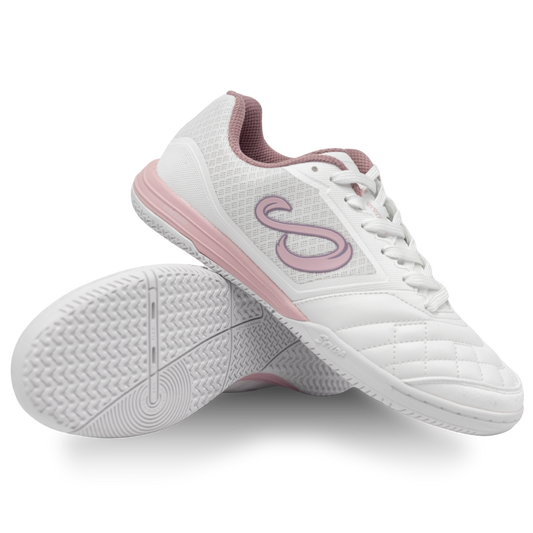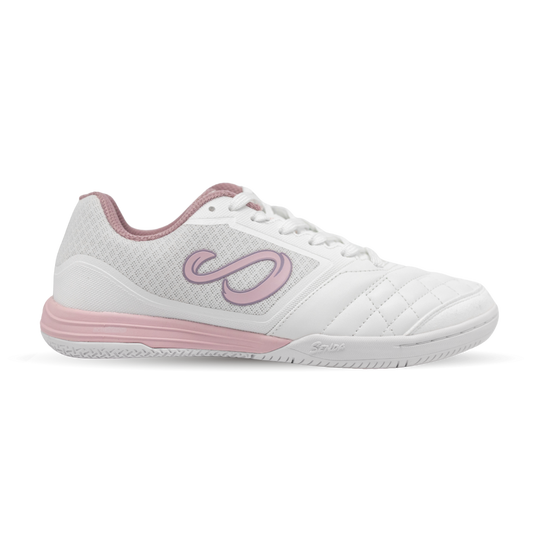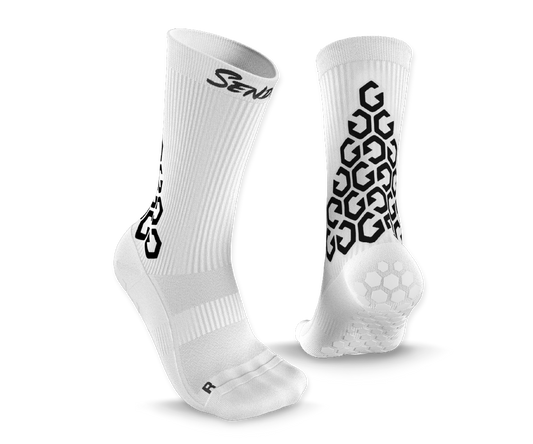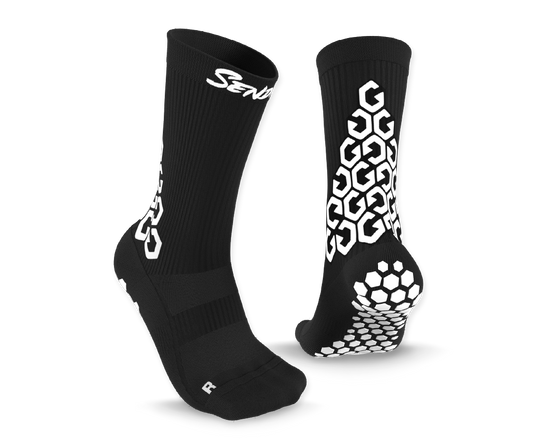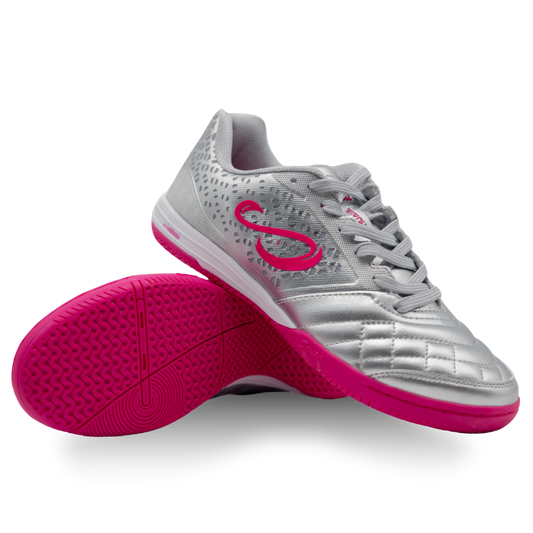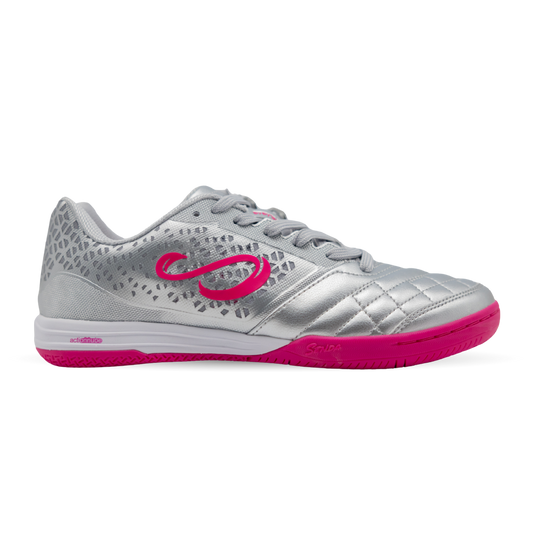Training in Cold Weather: How to Mitigate the Impact of Winter on Athletes
Professional and amateur athletes face some challenges when training in cold weather. Understanding how the cold affects the body is crucial for optimizing training and play programs and ensuring peak performance while taking care of safety during extreme temperature conditions.
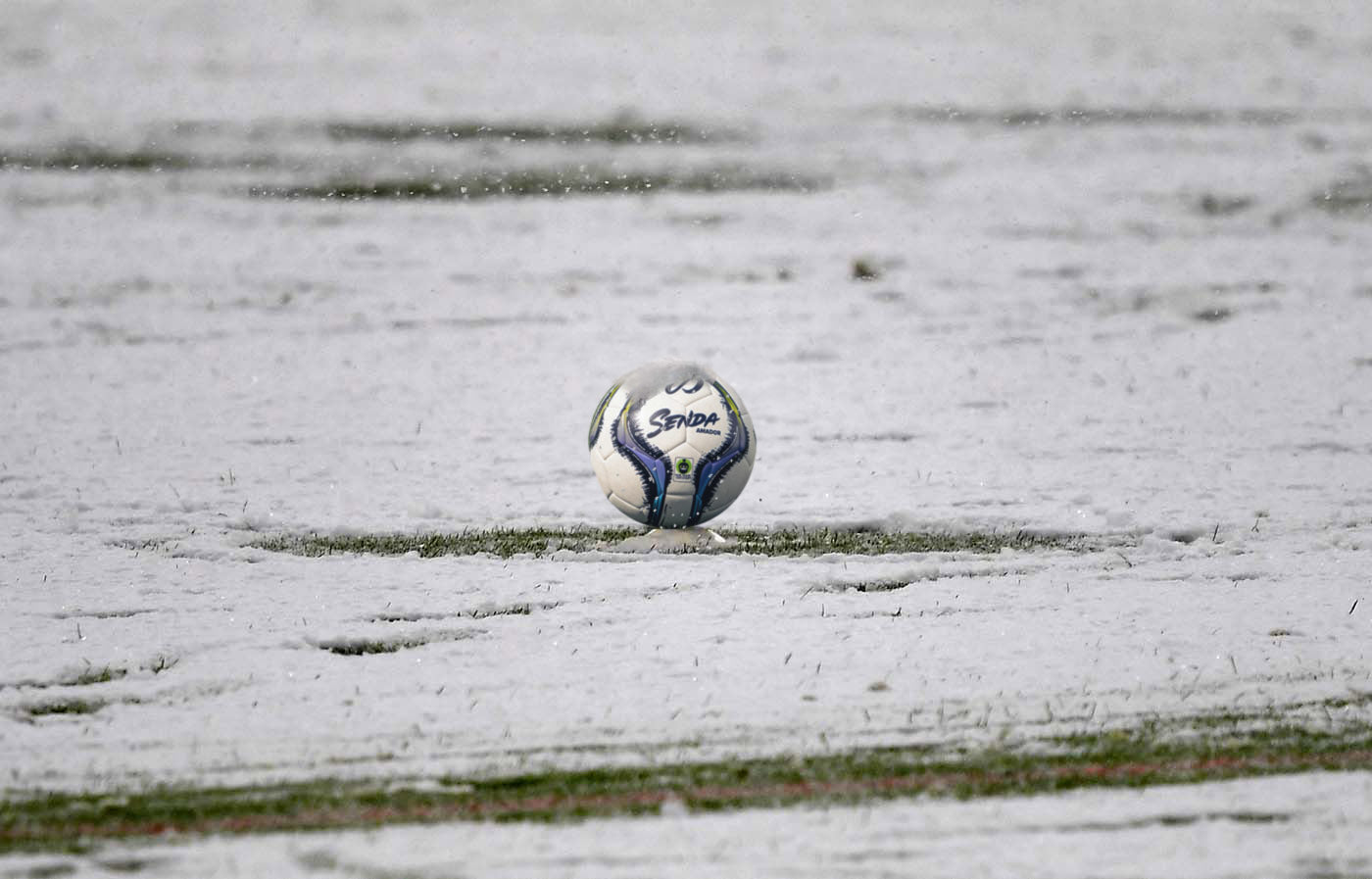
1
/
of
2
How Does Cold Weather Impact Your Body During Training?
Muscle Contraction and Flexibility
Cold weather can lead to decreased muscle flexibility and increased stiffness. The lower temperatures cause muscles to contract, making them more resistant to stretching. Athletes may find it takes longer to warm up their muscles, and there's an increased risk of strains and injuries if proper precautions aren't taken.
Increased Energy Expenditure
Training in cold weather demands more energy as the body works harder to maintain a stable internal temperature. The body burns more calories to generate heat, leading to quicker fatigue. Proper nutrition and hydration become even more critical to sustain energy levels during cold-weather workouts.
Respiratory Challenges
Cold air can be harsh on the respiratory system. Athletes may experience a sensation of breathing through a straw as the airways constrict in response to the cold. This can affect oxygen intake, potentially impacting endurance and overall performance. Wearing appropriate gear like face masks or scarves can help mitigate this effect.
Hydration Considerations
While athletes may not feel thirsty in colder temperatures, dehydration is still a significant concern. The body loses fluids through respiration and sweat even in the cold, and maintaining proper hydration levels is crucial for optimal performance. Athletes should be vigilant about drinking enough water before, during, and after training sessions.
More effects of cold-weather
Mental Toughness
Training in cold weather builds mental resilience. Enduring the discomfort and pushing through challenging conditions can strengthen an athlete's mental toughness.
Equipment Challenges
Cold weather can also affect the functionality of training equipment. Rubber and plastic materials can become brittle, impacting their performance and durability. Athletes must ensure their gear is well-maintained and suitable for the conditions to prevent equipment-related setbacks.
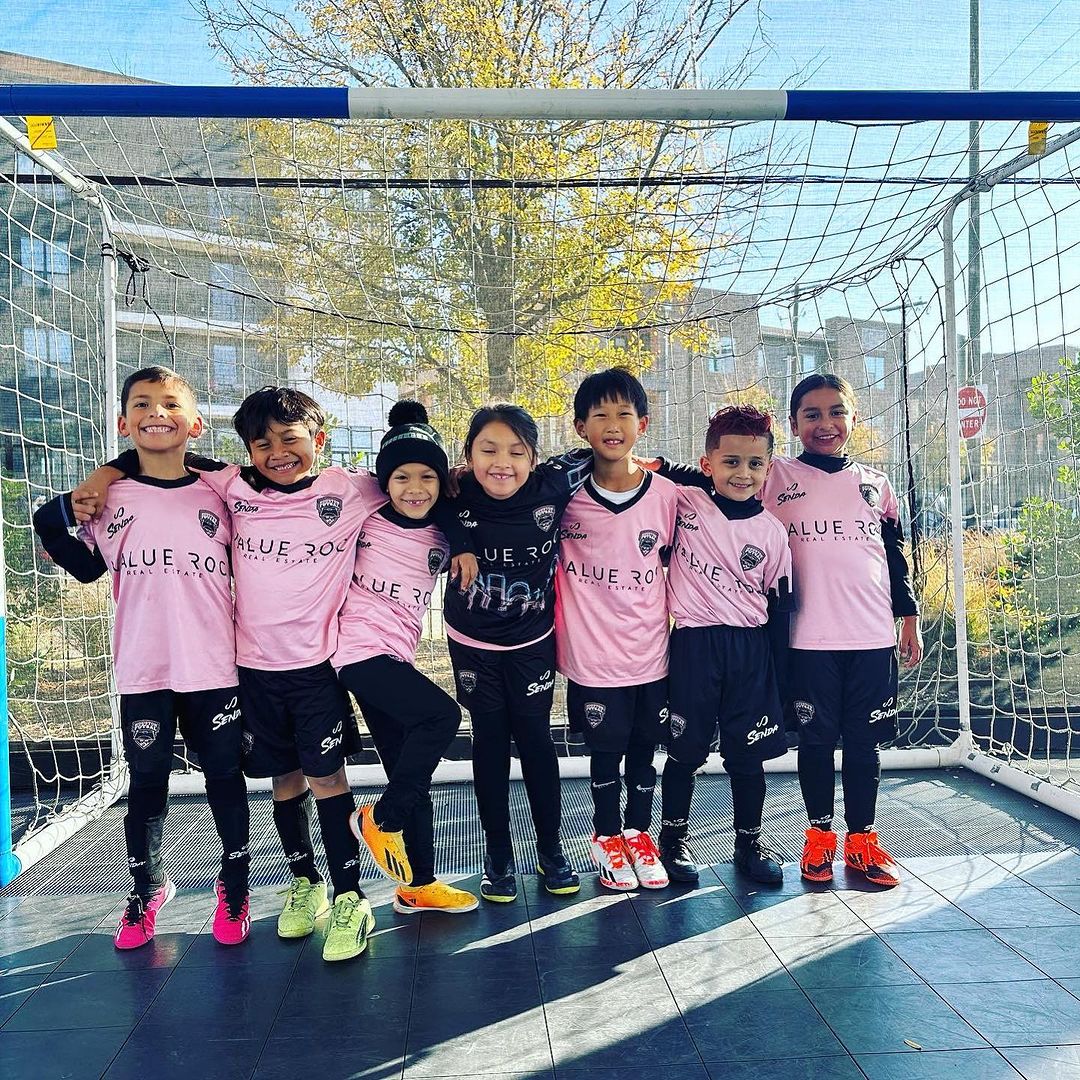
4 Essential Safety Tips for Cold Weather Training
Dressing for the cold
When temperatures drop and wind increases, the body loses heat more rapidly. It is important to dress appropriately when training or playing in cold weather. Layering clothing is recommended since the layers can be added or removed based on body temperature and changing environmental conditions, such as temperature and wind.
Allowing players to wear additional clothing like gloves, sweatshirts, sweat pants, beanies or headbands is a good resource to help them feel more comfortable.
Stay Dry
If players do get wet during training or play, it is recommended to remove wet or saturated clothing and replace it with dry clothing. This becomes more important if the individual stays out of play or anticipates standing around for a prolonged period. A hat, gloves, and an extra pair of socks can also keep extremities dry in case of snow or rain.
Stay Hydrated
Cold air can suppress feelings of thirst, leading athletes to not drink as much as they should. If you are thirsty you have already become dehydrated. Needless to say how important hydration is for players. So pay attention to this.
Nutrition
Under low-temperature conditions, the body may need to recover the calories burned to maintain the internal temperature. During training sessions or games, having available hot soup or hot chocolate as well as some snacks like dry fruit and nuts, pretzels, and crackers would be a good idea.
1
/
of
2
Mastering cold-weather training demands a holistic strategy, covering physical and mental aspects. Athletes adapting routines, preventing injuries, and embracing the unique advantages of cold training can excel with the right mindset and preparation, defying even freezing temperatures.
You may also like
-
Ushuaia Club 2.0 Futsal Shoe
4.5 / 5.0
(10) 10 total reviews
Regular price From $59.99Regular priceUnit price / per$59.99Sale price From $59.99 -
Rio Match Futsal Ball
Regular price $34.99Regular priceUnit price / per$34.99Sale price $34.99 -
Gravity Pro Crew Length
4.5 / 5.0
(10) 10 total reviews
Regular price $24.99Regular priceUnit price / per$24.99Sale price $24.99 -
Ushuaia Pro 2.0 Futsal Shoe
4.75 / 5.0
(4) 4 total reviews
Regular price $119.99Regular priceUnit price / per$119.99Sale price $119.99NEW DROP!
Other Blog Notes
View all-
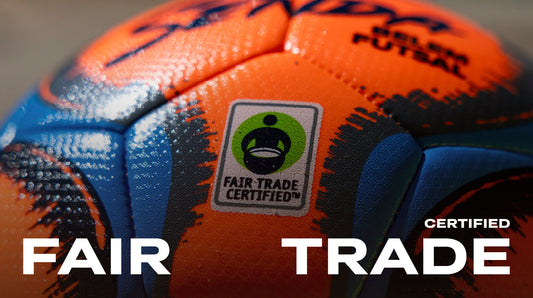
Celebrating Fair Trade Month with Senda
This October, Senda celebrates Fair Trade Month by honoring the people behind every ball. Discover how Fair Trade creates impact on and off the field.
Celebrating Fair Trade Month with Senda
This October, Senda celebrates Fair Trade Month by honoring the people behind every ball. Discover how Fair Trade creates impact on and off the field.
-

A New Kick: Welcome the Ushuaia Club 2.0 Pink
Bring style and performance to the court with the Ushuaia Club 2.0 Pink. Featuring responsive cushioning, flexible grip, and a bold light pink look, these futsal shoes let you play your best while turning heads. Perfect for club players, amateurs, and anyone who loves to stand out.
A New Kick: Welcome the Ushuaia Club 2.0 Pink
Bring style and performance to the court with the Ushuaia Club 2.0 Pink. Featuring responsive cushioning, flexible grip, and a bold light pink look, these futsal shoes let you play your best while turning heads. Perfect for club players, amateurs, and anyone who loves to stand out.
-

Welcoming Our New Ambassador: Trinidad D’Andrea
We’re proud to welcome Trinidad D’Andrea, goalkeeper of Argentina’s Women’s National Futsal Team, to Team Senda. Learn more about her inspiring journey and the shoes chosen by pro players.
Welcoming Our New Ambassador: Trinidad D’Andrea
We’re proud to welcome Trinidad D’Andrea, goalkeeper of Argentina’s Women’s National Futsal Team, to Team Senda. Learn more about her inspiring journey and the shoes chosen by pro players.
1
/
of
3


